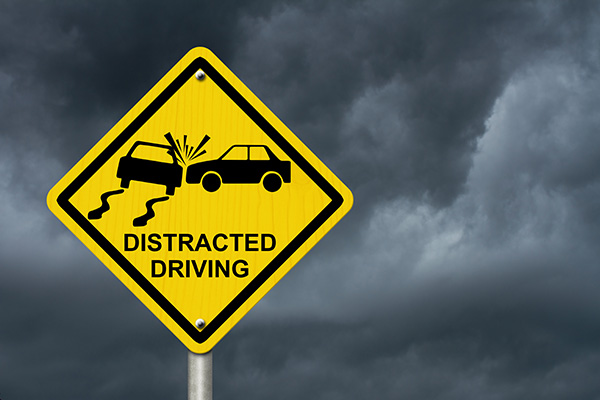
We've all heard the term distracted driving, yet its implications are often underestimated. In a world where multitasking is celebrated, taking your eyes off the road for even a few seconds seems harmless. But those few seconds can be the difference between being safe and risky. So, why exactly is distracted driving so dangerous?
The Three Types of Distractions
Distracted driving isn't just about texting. It encompasses a variety of activities that divert attention from driving. There are three main types of distractions:
- Visual Distractions: Anything that causes you to take your eyes off the road, such as looking at a GPS or checking your phone.
- Manual Distractions: Activities that take your hands off the wheel, like eating, drinking, or adjusting the car stereo.
- Cognitive Distractions: When your mind wanders away from the task of driving, perhaps you're daydreaming or engrossed in a heated conversation.
Understanding these distractions helps illustrate why distracted driving is so perilous. Each type reduces your ability to react swiftly and appropriately to road conditions.
The Impact of Technology
In our tech-driven era, smartphones are a primary source of distraction. Whether it's texting, social media, or GPS navigation, the temptation to use your phone while driving is strong. Studies show that texting while driving increases the risk of a crash by 23 times compared to non-distracted driving. Even hands-free devices can be a distraction as they split your attention between the road and the conversation.
Consequences of Distracted Driving
Distracted driving has severe consequences. According to the National Highway Traffic Safety Administration (NHTSA), in 2022, 3,308 people were killed, and an estimated additional 289,310 people were injured in crashes involving distracted drivers. Here are some ways distracted driving can lead to accidents:
- Delayed Reaction Times: When distracted, your reaction time slows significantly. If a car stops suddenly in front of you, those extra seconds spent looking at your phone can prevent you from stopping in time.
- Inability to Maintain Lane Position: Distracted drivers often swerve in and out of lanes, increasing the risk of side collisions.
- Failure to Notice Road Hazards: From pedestrians to traffic signs, distracted drivers miss critical information needed to drive safely.
Legal Implications
Laws regarding distracted driving vary by state, but the trend is clear - stricter regulations are being implemented. Many states have enacted bans on handheld device use while driving and penalties for violations can include hefty fines and points on your driving record. It's crucial to be aware of and comply with local laws to avoid these legal repercussions.
Preventing Distracted Driving
Preventing distracted driving is not just about personal discipline but also creating an environment that supports focused driving. Here are some tips:
- Put Your Phone Away: Keep your phone out of reach while driving to remove the temptation.
- Use Technology Wisely: Utilize hands-free devices and voice commands, but remember, they are not foolproof. Limit their use and focus on driving.
- Prepare in Advance: Set your GPS and adjust your seats, mirrors, and climate controls before you start driving.
- Educate Passengers: Make sure your passengers understand the importance of not distracting the driver.
- Take Breaks: On long trips, take regular breaks to rest and check your phone or deal with other distractions.
Ready to make your driving experience safer? Visit Pete's for a comprehensive vehicle inspection and maintenance!